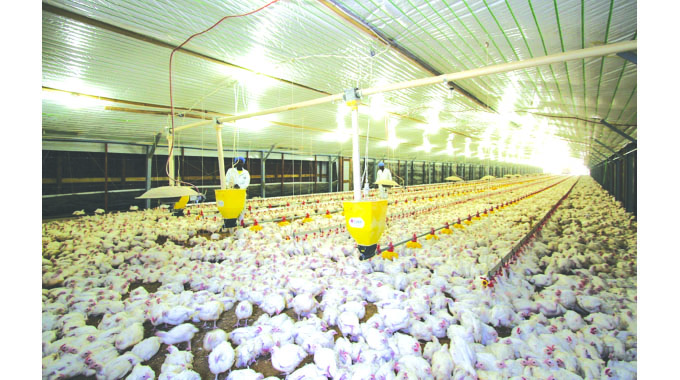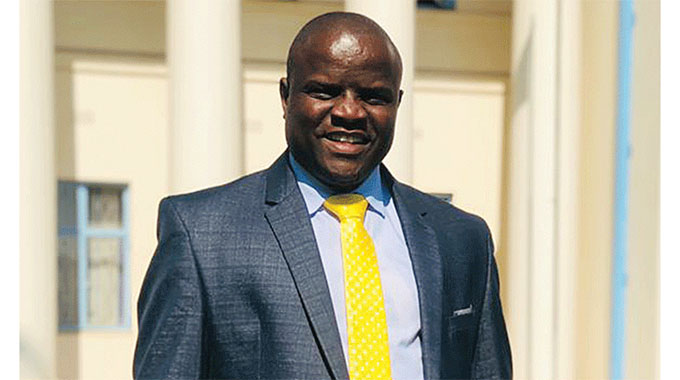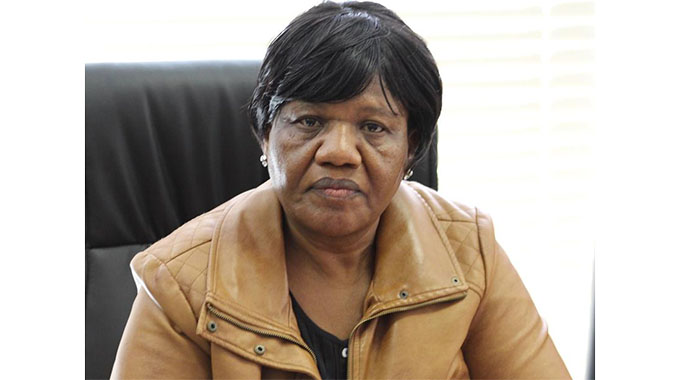EDITORIAL COMMENT: We can never relax when it comes to mine safety

The death of up to 13 miners at Bay Horse Mine in Chakari emphasises once again the need for continual safety precautions at all mines and for mines to be frequently inspected so as to ensure that the required precautions are being taken.
The one area of good news is that of the 34 miners trapped by the rockfalls on Friday night, 21 were rescued fairly quickly and rushed to hospital to have their injuries treated. So the measures already in place to react promptly to any mining disaster are in good shape and rescue teams can be assembled quickly, and with the right equipment, to save lives.
The civil protection unit, which does the planning for coping with disasters and which calls upon technical expertise from other departments or even the private sector when needed, has made a lot of progress over the last few years and these days, when disaster strikes, can quickly mobilise the required teams and move in very quickly.
For Bay Horse it was even able to move in specialised rescue equipment that crushes the rock in ways that would not further harm an injured person, or mutilate the corpse of a dead person, thus coping with what was once a very serious problem.
The briefing given yesterday by Vice President Constantino Chiwenga in Harare made it clear that not all precautions had been put in place by the new owners of a former German mine.
This sort of lapse is not just regrettable, but is also a matter of very serious concern.
Safety standards in all workplaces have been set, and are often written into law or statutory instruments as well as in codes of best practice.
The mining industry is one sector where serious accidents can occur and will occur unless the standards are followed, but one where decades of experience have built up a lot of experience of what sort of rockfalls and other disasters can happen in almost every sort of geological structure in Zimbabwe.
The variable geology means that different problems can occur in almost any mine, but all that experience means that an expert can outline the most likely accidents after studying the particular geology.
What is important is bringing in the expert to do the assessment, and then following the recommendations. Short cuts are simply asking for trouble, for injuries and for deaths.
Mining is booming in Zimbabwe, with many mines opening or reopening, as well as a lot of older mines continuing to produce.
Most mining companies are fanatical about safety, which is why it is so uncommon to hear about accidents at properly licenced and registered mines.
Even those accidents caused by human error, and at many mines these are easily the most common, are increasingly rare as mine owners enforce safety and other rules and make sure that their employees are properly trained.
A general movement towards opencast mining for many minerals has, of course, helped but just because there are no roofs of rock over the work stations, and no possibility of poisonous or explosive gases, this does not mean an opencast mine is home and dry.
Such mines still have to guard against rock and landslides, by making sure the mining area is properly dug, and have to make sure that all staff are safe when the next batch of charges are detonated, as well as making sure that people in the surrounding area are not wandering around too close to the mine, and that there are no trespassers putting themselves into danger.
Most mining accidents and fatalities these days are reported from informal mining sectors, rather than from mines owned by responsible companies with access to geologists and mining engineers who understand what can go wrong and thus can take precautions in advance.
The safety requirements are a major reason why the present efforts to register all mining operations, however small, must be pushed ahead with maximum speed.
For a start, this means the Ministry of Mines and Mining Development knows what mining operations are in progress and where, and can add all mines to its lists so that the regular safety inspections by competent outsiders can take place, to back the measures a responsible owner and to make those owners taking chances reform very quickly.
The Chakari disaster is, in many ways, similar to the sort of accidents we hear about in the informal sector, an older mining operation that has been re-opened.
Just because something worked well five years ago, or 10 years ago or 20 years ago, does not mean it will work well now, and anyone moving into a close mine or closed mine shaft needs to have the abandoned works very carefully examined and the correct precautions put in place and followed.
A small mine might not be able to hire the necessary geological and engineering expertise full time, and the very small mines that proliferate in the informal sector will definitely have the required staff on the payroll.
But that does not exempt them from taking the proper precautions and it seems that there is a specialised niche market for small groups of experts who can offer inspections and advice or offer monthly or bi-monthly checks of workings so that impending and developing problems can be identified early.











Comments